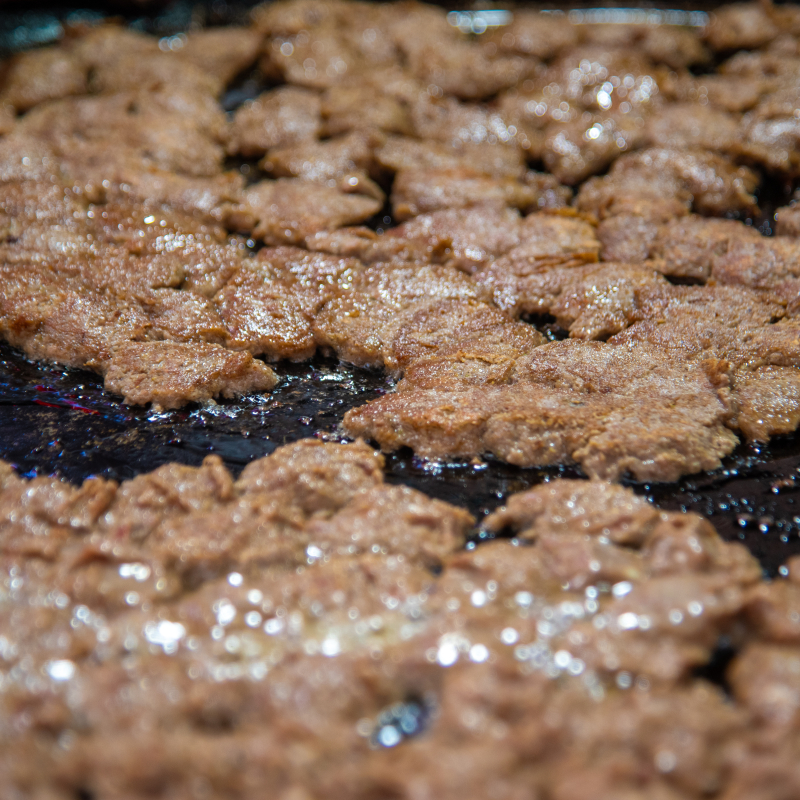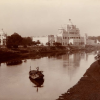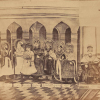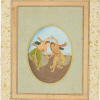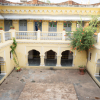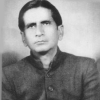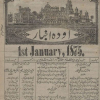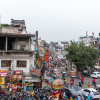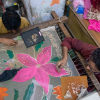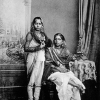If Lucknow is known for one thing beyond its rich history and refined culture, it is its legendary kebabs, with the Tunday Kebabi outlet being the most iconic. However, Haji Murad Ali, or Tunday Mian, was not the first to create galawat ke kebab. Before these melt-in-the-mouth delicacies emerged from Awadh’s royal kitchens, kebabs across North India were simple charred meat, often cooked by traveling armies. While the Mughals in Delhi refined them, Lucknow elevated kebabs into an art form, developing a version even fit a toothless nawab.
The Evolution of Awadhi Cuisine
The story of Lucknow’s food is intertwined with the city’s founding in the eighteenth century. When the Nawabs of Awadh shifted their capital from Faizabad, they sought to transform it into a city of grandeur. Asaf-ud-Daula, who led this shift, modelled it on great European capitals, ensuring perfection in every aspect—including its cuisine.
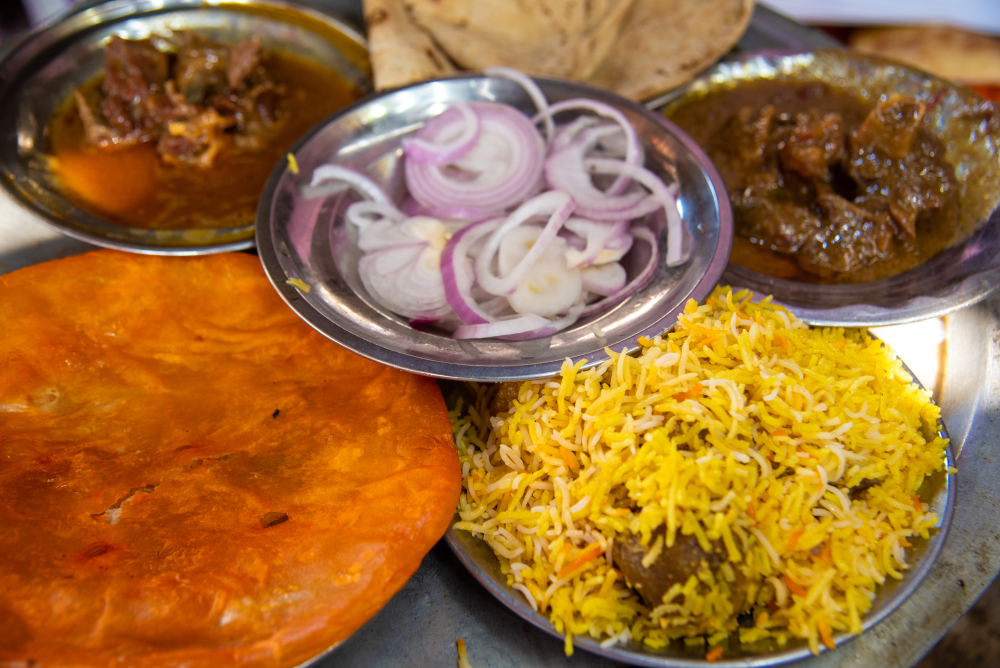
Kebab and biryani. (Picture Credits: Monis Khan)
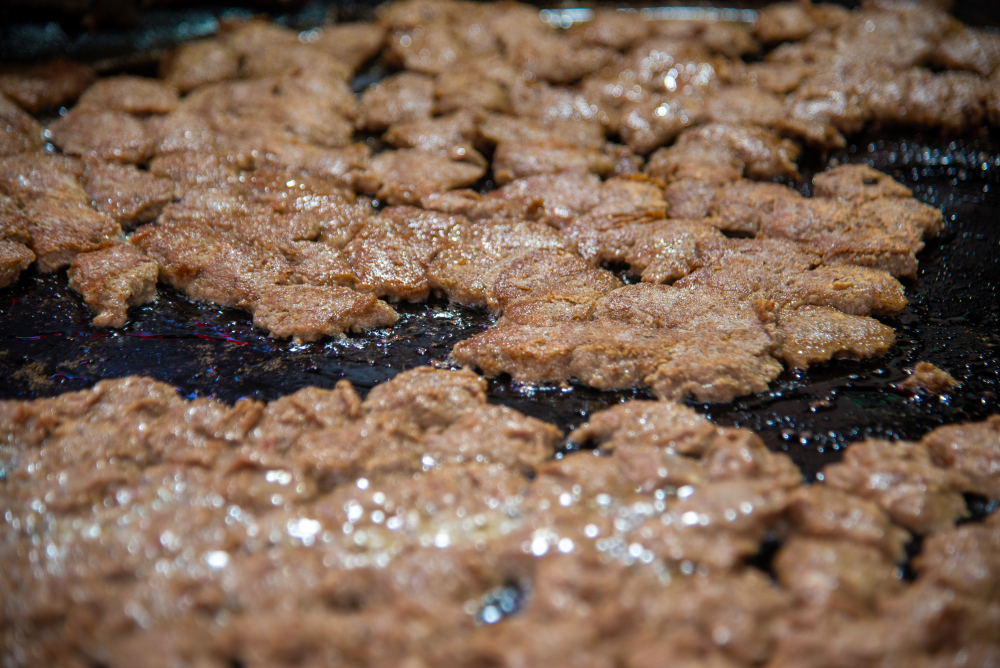
Melt-in-the-mouth magic—Galauti Kebab. (Picture Credits: Monis Khan)
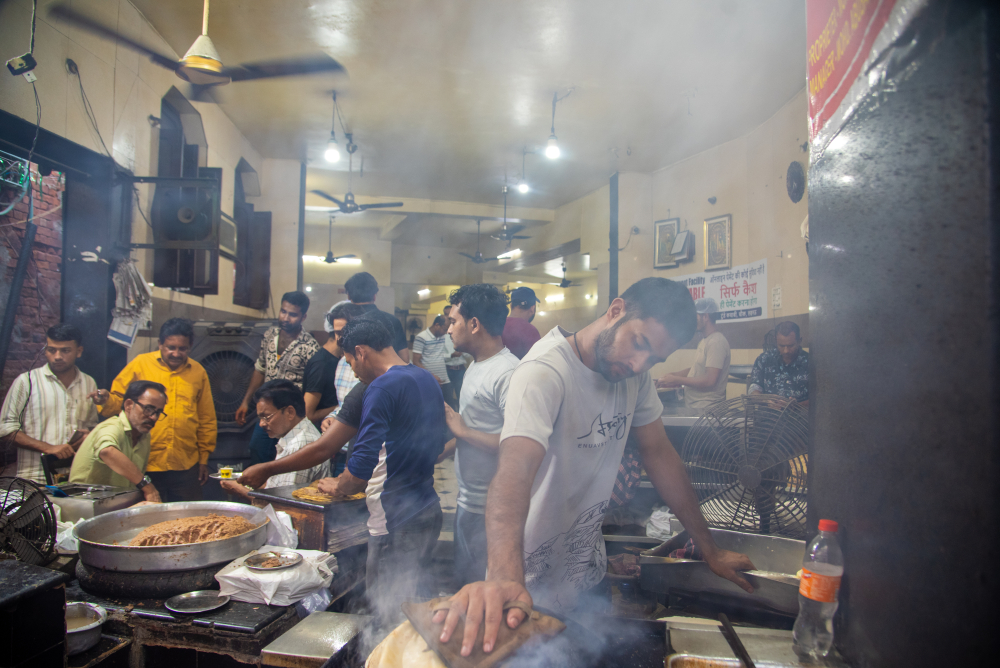
Galawat kebab is a signature dish of the famous Tunday Kebabi. (Picture Credits: Monis Khan)
Even before Lucknow became the capital, Awadhi cuisine flourished under Shuja-ud-Daula, Asaf-ud-Daula’s father and a noted connoisseur. Historical records mention six royal kitchens, each catering to different household members. These were overseen by darogas (chief supervisors), with rakabdars (head chefs) responsible for exquisite dishes, including pulaos, curries, pickles, chutneys and desserts.
Each rakabdar specialised in a particular dish, ensuring unmatched craftsmanship. Large-scale cooking was entrusted to bawarchis, who mastered korma, kebab, pulao and various sweet treats. Meals used to undergo thorough inspection before being served.
Culinary Innovation in Nawabi Lucknow
Under Asaf-ud-Daula, culinary traditions peaked. In the book The Lion and The Lily, Ira Mukhoty describes how the city’s elite became discerning patrons of gourmet cuisine, ushering in an era of highly specialised chefs. These rakabdars created iconic dishes like motia pulao—a luxurious preparation with egg whites, silver and gold warq (edible metallic foil) and goat’s small intestine—and nargisi kofta, a Mughlai take on Scotch eggs, with spiced minced mutton wrapped around boiled eggs. One of the most extravagant dishes was goat mussalam, where an entire goat was stuffed with chicken, quail eggs and minced meat before being slow-cooked to perfection in a tandoor.
Legends speak of the Nawabs’ lavish feasts—Asaf-ud-Daula’s paan was dusted with gold and silver, while almonds and pistachios were carved into rice grains for pulaos. Another enduring tale recounts how the Nawab of Kakori, offended by a guest’s remark on his kebabs, commissioned his cooks to create the legendary Kakori kebab, renowned for its delicate texture, made with the softest leg meat of a goat, milk solids and a secret spice blend.
Secrecy defined Awadhi kitchens, with recipes so closely guarded that many traditional dishes vanished with their creators.
European Influence on Awadhi Cuisine
Saadat Ali Khan II, Asaf-ud-Daula’s successor, refined the art of feasting. At a banquet in 1814, guests enjoyed a lavish spread influenced by European dining traditions. The long table featured dishes by English and French chefs alongside the finest Awadhi preparations. Among the drinks served was cherry brandy, which the Nawab called ‘English syrup’.
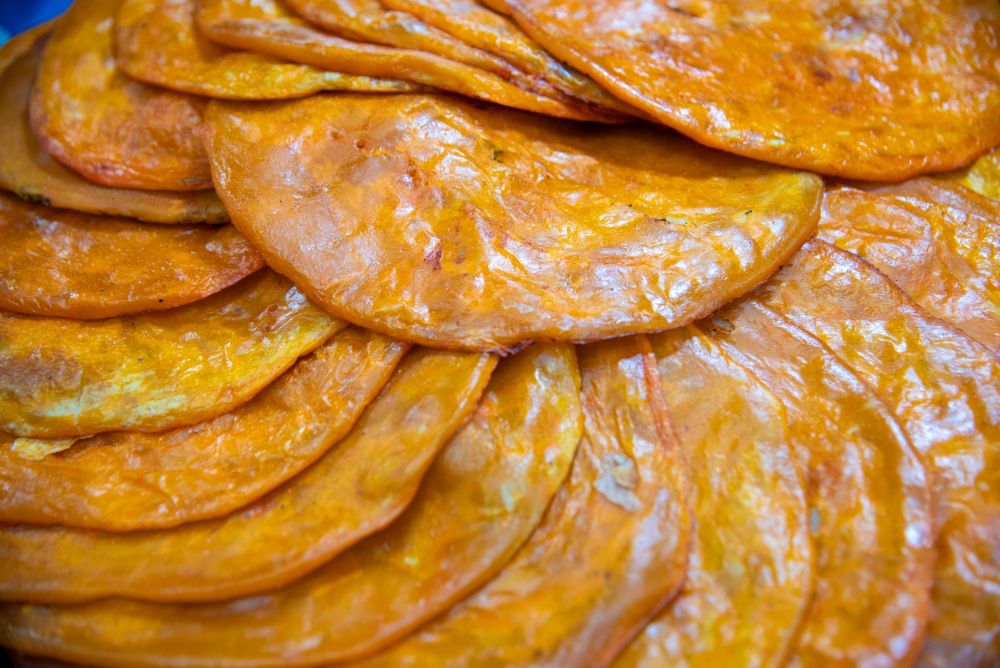
Sheermaal. (Picture Credits: Monis Khan)

Lucknowi Pulao. (Picture Credits: Monis Khan)
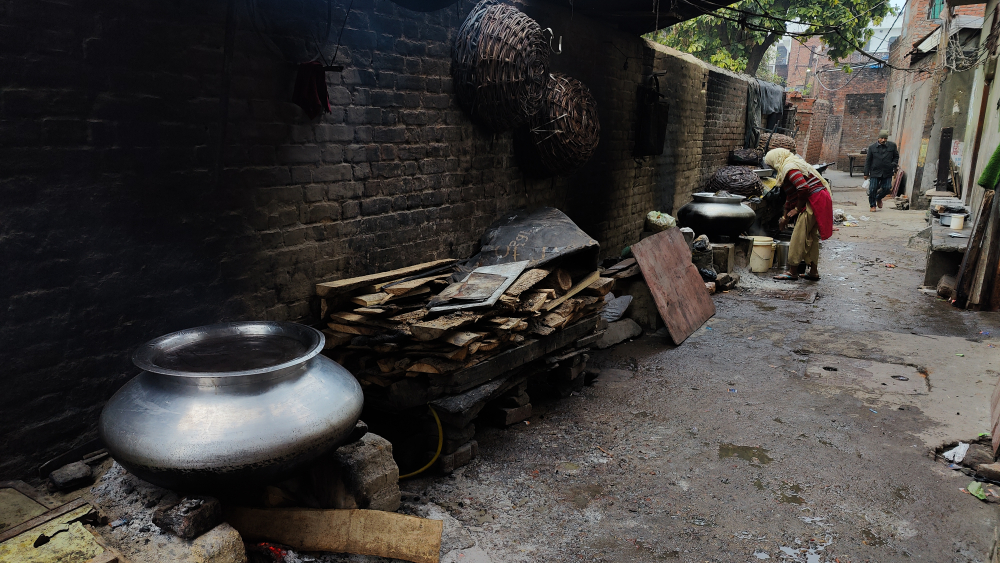
Pulao Wali Gali in Lucknow once housed the city’s famed khansamas, filling the street with the aromas of Nawabi pulao and kebabs. (Picture Credits: Tasveer Hasan)
As Europeans became more prominent in Lucknow, western elements like soups, stews, roasts and wine blended seamlessly with local flavours. By the time Wajid Ali Shah ascended the throne, Lucknow’s cuisine had reached its peak.
This era introduced delicacies such as malai paan, a layered clotted cream dessert; galawat ke kebab, crafted for a toothless Nawab; and mutanjan, a saffron-infused meaty pulao. Desserts like shahi tukda and ande ka halwa further enriched the city’s culinary legacy.
Preserving Lucknow’s Culinary Heritage
Even after the fall of the Nawabs, Lucknow retained its culinary identity. Today, the city remains a hub for food lovers, with efforts underway to revive lost recipes and preserve traditional flavours. Dishes once forgotten are making a comeback. Chef Mohsin Qureshi at Azrak has recreated mutanjan after decades, while lehsun ki kheer (garlic pudding) is now served at the restaurant Oudhyana, housed in the Taj Mahal Hotel. Home chefs are documenting family recipes, ensuring these traditions endure. More books on Lucknow’s food are being published than ever before, capturing its rich culinary legacy.
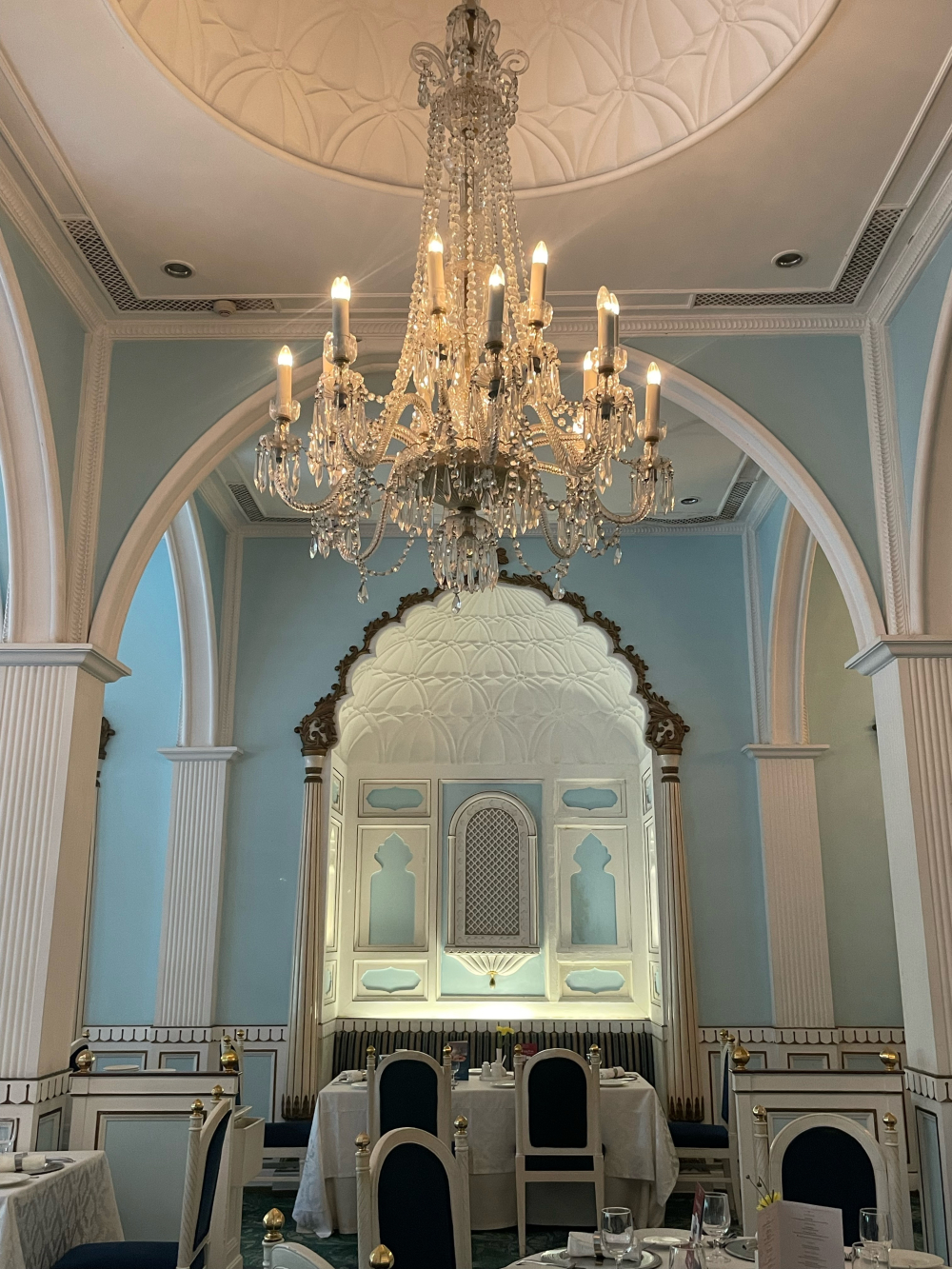
Oudhyana at Taj Mahal, Lucknow. (Picture Credits: Stuti Mishra)
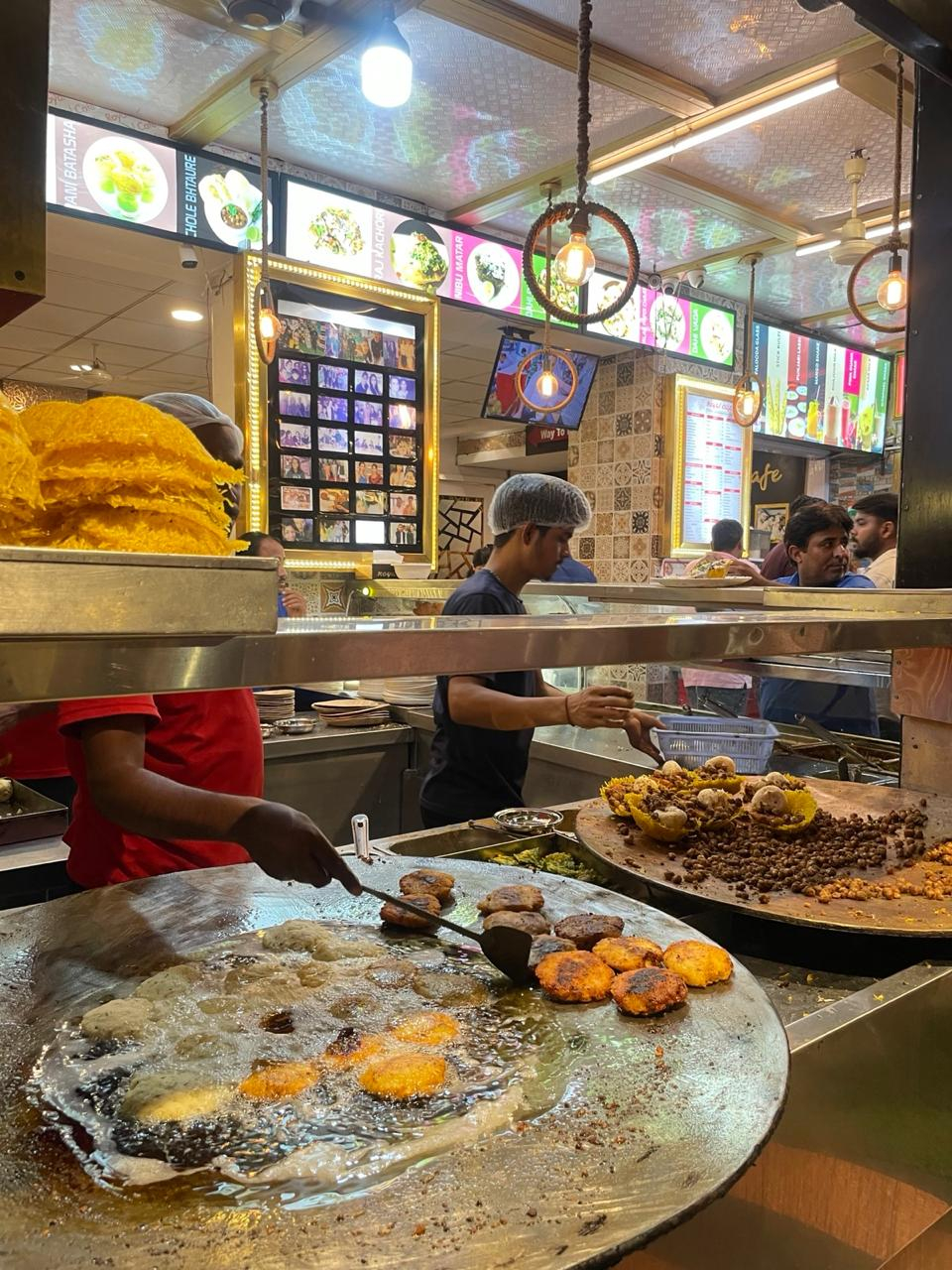
Lucknowi chaat. (Picture Credits: Stuti Mishra)
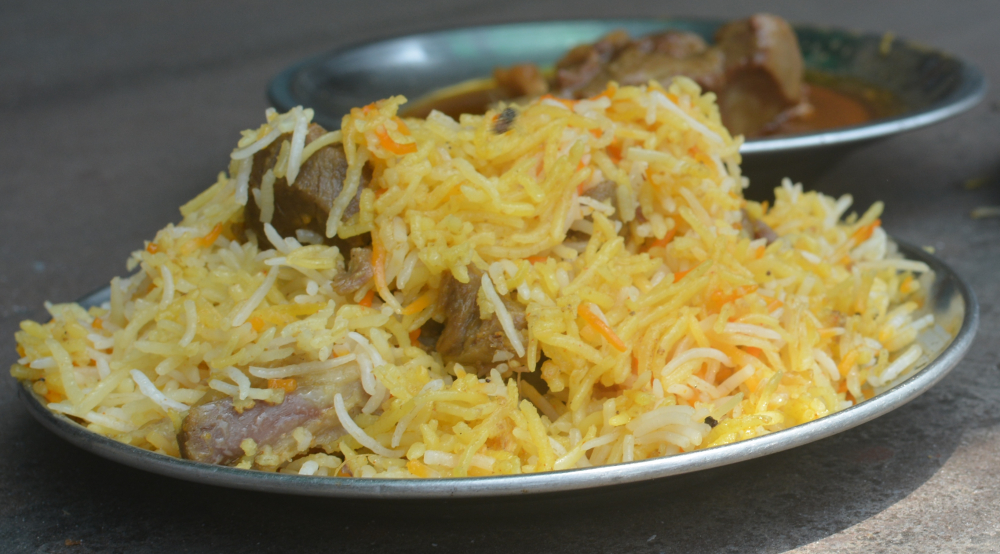
Idris biryani. (Picture Courtesy: Wikimedia Commons)
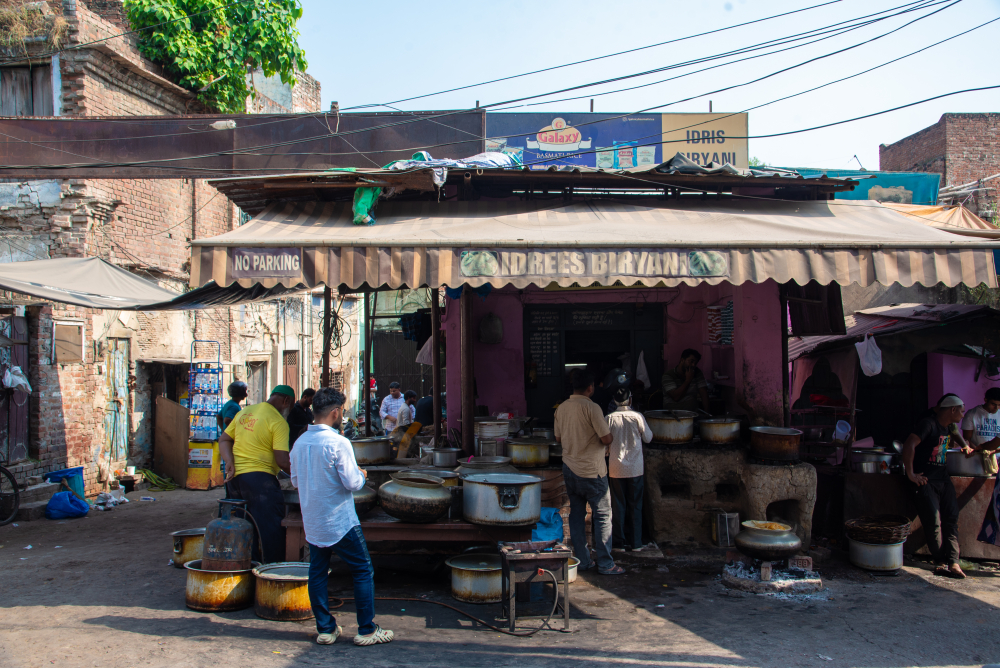
The famed Idris biryani outlet. (Picture Credits: Monis Khan)
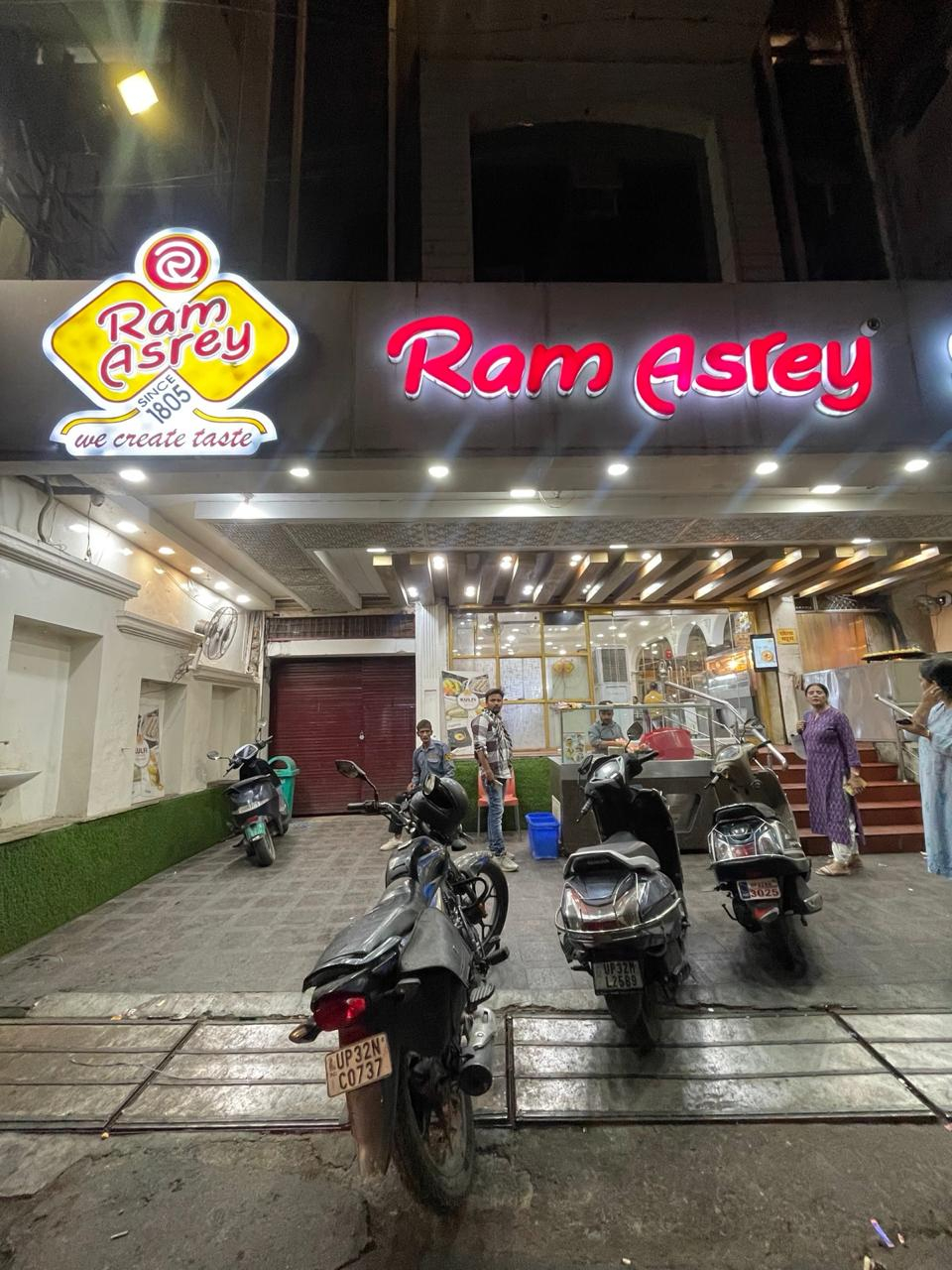
Malai paan at Ram Asrey. (Picture Credits: Stuti Mishra)

Nimish or makhan malai. (Picture Credits: Monis Khan)
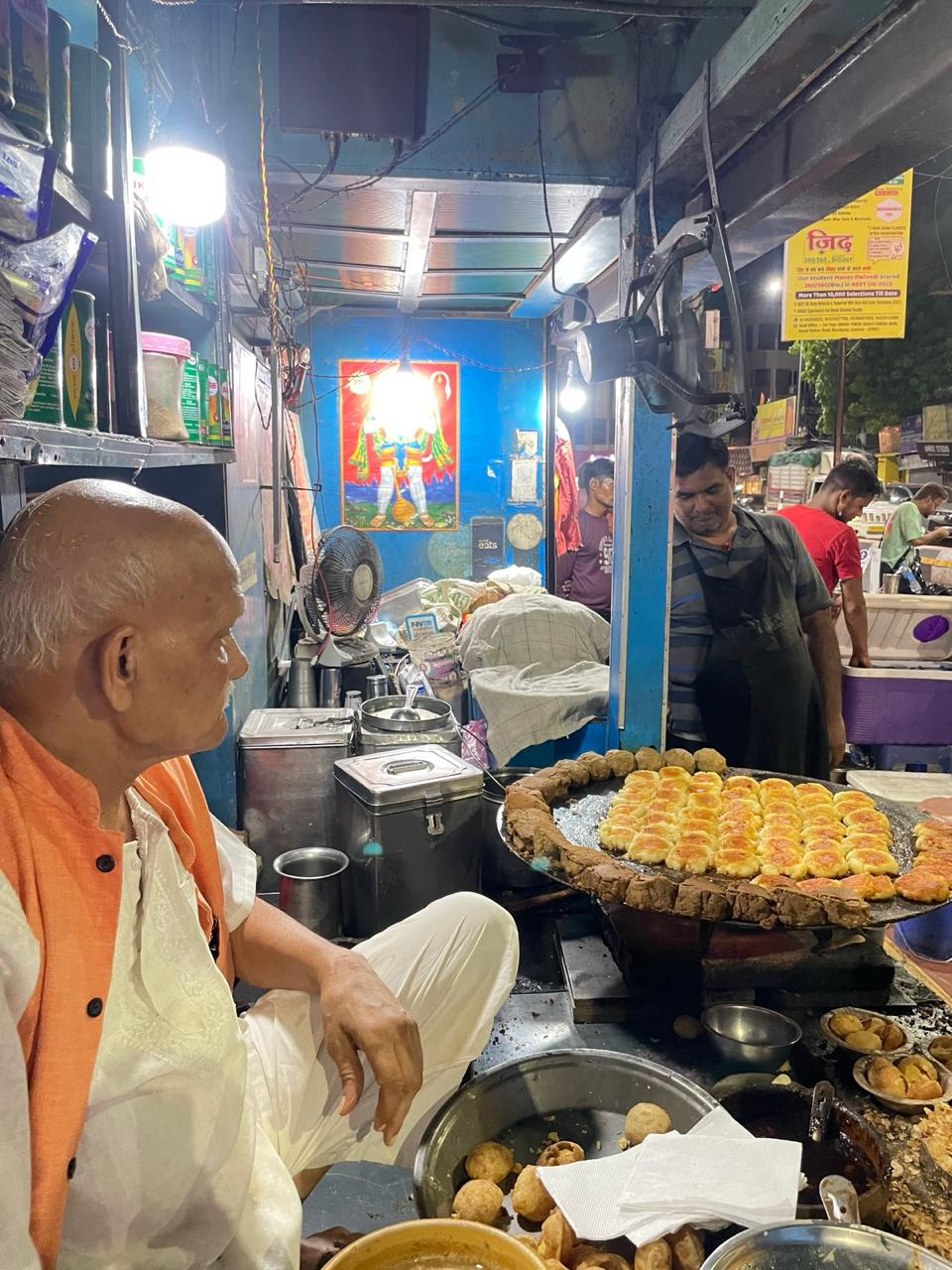
Shukla Chaat Bhandar. (Picture Credits: Stuti Mishra)
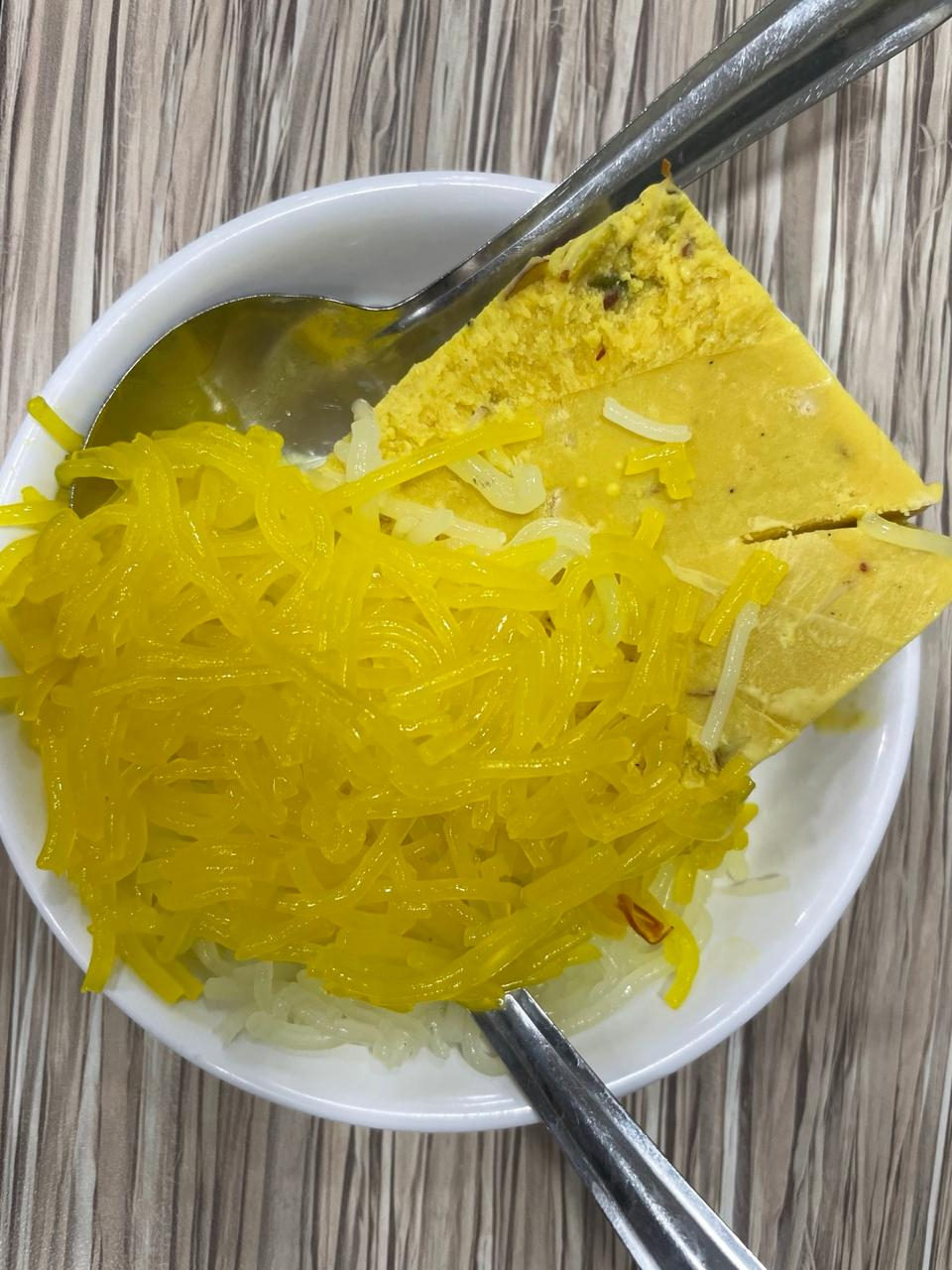
Prakash Kulfi. (Picture Credits: Stuti Mishra)
Lucknow has also emerged as a top destination for culinary tourism. From slow-cooked dum biryani perfected by Awadhi khansamas to the city’s renowned kebabs and chaat, its gastronomic excellence remains unmatched. While Tunday Kebabi, Shukla Chaat and Idrees Biryani dominate the food scene, even roadside stalls offer refined, flavourful dishes in a budget.
Culinary expert Debashish Kar, who organises food and culture experiences, believes home-cooked food is Lucknow’s hidden gem—featuring meat stews, rich curries, lentils, diverse breads and homemade sweets. Others are bringing these traditions to a wider audience. Sheeba Iqbal, curator of Naimatkhana, specialises in authentic Awadhi home-style meals, while chef Taiyaba Ali is introducing Lucknow’s flavours nationwide through modern adaptations.
The city’s annual food festival further revives forgotten flavours, with home chefs presenting treasured family recipes. According to Noor Khan, the festival curator, dishes like laal mirch ka keema (spiced mutton with red chilies), aloo ghost, chane ki daal ka halwa and yakhni pulao are among the first to sell out—a testament to Lucknow’s enduring love for its cuisine.
The Nawabs may have left, but the nafasat (refinement) and nazakat (elegance) they instilled in their people and their food continue to thrive, in homes and streets alike.
This essay has been created as part of Sahapedia's My City My Heritage project, supported by the InterGlobe Foundation (IGF).
